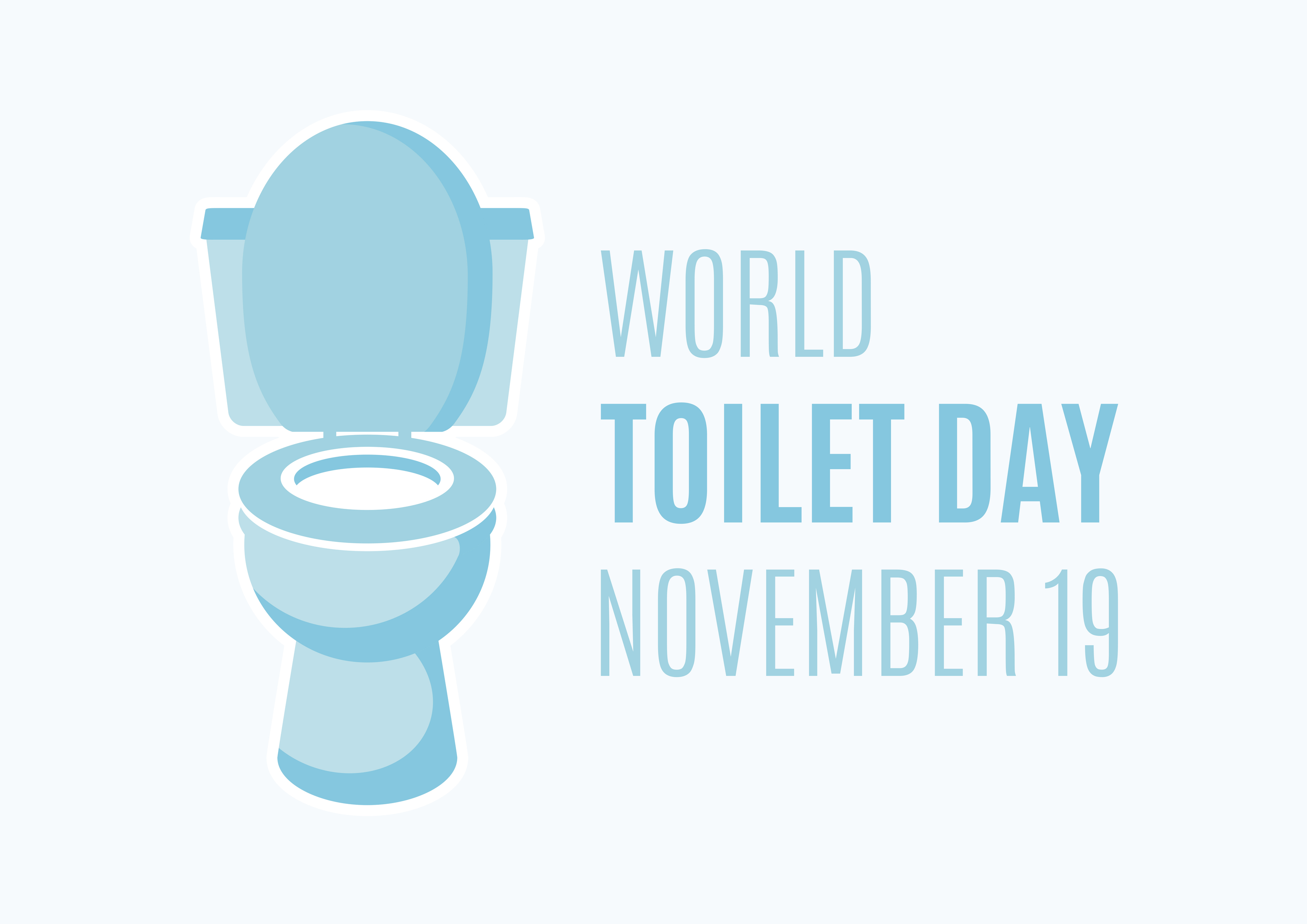 World Toilet Day is on 19th November. Despite the strange name, this is no laughing matter for the 4.2 billion people worldwide living without access to safely managed sanitation. Counter-intuitively, it also sheds some light on a fantastic long-term investment opportunity.
World Toilet Day is on 19th November. Despite the strange name, this is no laughing matter for the 4.2 billion people worldwide living without access to safely managed sanitation. Counter-intuitively, it also sheds some light on a fantastic long-term investment opportunity.
The inconvenient truth is that, globally:
- 673 million people practice open defecation
- 3 billion lack basic hand-washing facilities
- One third of schools lack basic sanitation facilities
- Inadequate sanitation leads to 432,000 deaths from diarrhoea each year
This year World Toilet Day 2020 focuses on sustainable sanitation and climate change. Climate change is getting worse. Flood, drought and rising sea levels are threatening sanitation systems – from toilets to septic tanks to treatment plants.
Everyone must have sustainable sanitation, alongside clean water and handwashing facilities, as this will help to help protect and maintain our health security and stop the spread of deadly infectious diseases such as COVID-19, cholera and typhoid. Sustainable sanitation systems also reuse waste to safely boost agriculture, and to reduce and capture emissions for greener energy.
So, what does a sustainable sanitation system look like? Sustainable sanitation begins with a toilet that effectively captures human waste in a safe, accessible and dignified setting. The waste then gets stored in a tank, which can be emptied later by a collection service or transported away by pipework. The next stage is treatment and safe disposal. Safe reuse of human waste helps save water, reduces and captures greenhouse gas emissions for energy production, and can provide agriculture with a reliable source of water and nutrients. [1]
In 2014, less than 50% of households in India had access to sanitation facilities. Moreover, only 30% of wastewater and sewage waste is treated before being released into streams and rivers.
The spotlight has been on India for a number of years and the construction of toilets, believe it or not, has been a (self-imposed) barometer to measure Prime Minister Modi’s success.
His government’s goal of making the country open defecation-free by 2nd October 2019 – the 150th anniversary of Mahatma Gandhi’s birth – was incredibly ambitious, and ultimately unsuccessful.
Poor sanitation and contaminated water caused 80% of diseases in rural India, with diarrhoea the biggest cause of death for under 5-year olds, killing between 800,000 and 1,000,000 children, and hospitalising 900,000.
Furthermore, there are still question marks over the high-level governance in India; they are sending an unmanned rocket to Mars, whilst half the population do not have access to toilets or cannot use them!
Demographics
India is set to be the most populous country on the planet by 2050, overtaking its neighbour China. The vital factor is the youthfulness of this population, essential for a country wishing to sustain high levels of growth.
And the median age of the population in India is a mere 28 years. This contrasts with 45.8 years in Italy, or 40.5 in the UK.
Simply put, a 25-year-old working Indian with young children has much greater economic potential than a 70-year-old Italian pensioner.
The potential upside is also illustrated by the size of the economy (GDP) per head of population:
- for Italy this is $38,200 per person
- for India it is $7,200 per person
India’s GDP has increased on average by 7% each year over the last decade, in comparison to the UK whose GDP averaged just over 1% per year over the same period.
Where would you rather invest? Into the greying, high income, populations of the West? Or the youthful potential of India?
The ‘Clean India Mission’ and ‘World Toilet Day’ highlight something much bigger for investors - there is huge potential in India. 65% of India’s population still live in rural areas, and despite urbanisation eating away at this figure, at about 2.3% per year, India still very much has a long way to go.
What drives economies?
Two factors drive economies - young and growing populations and rising productivity. Both of these are enhanced by better sanitation.
Couple that with Modi’s economic reforms and there is the potential for a quantum leap in India’s productivity.
Outlook
As we covered in detail back in July, despite the obvious hurdles India needs to overcome, including the COVID outbreak but also their own demographic challenges (mentioned above), the long-term investing potential of India is vast.
Fitch, the credit ratings agency, predicts India’s economy will contract by about 5% in the coming year, with a rebound of nearly 10% in 2021/22. In comparison the UK’s economy, which is expected to contract by over 7% with just a 3% recovery in 2021/22. We must not take these predictions at face value and be done with it, but it does reinforce the above argument that India is far from a ‘doom and gloom’ economy because of the virus.
India has taken great steps in dealing with its sanitation. These improvements, not just in sanitation but also in infrastructure and reforms, will unlock great potential for investors over the coming years.
FURTHER READING
[1] https://www.unwater.org/world-toilet-day-2020-sustainable-sanitation-and-climate-change/